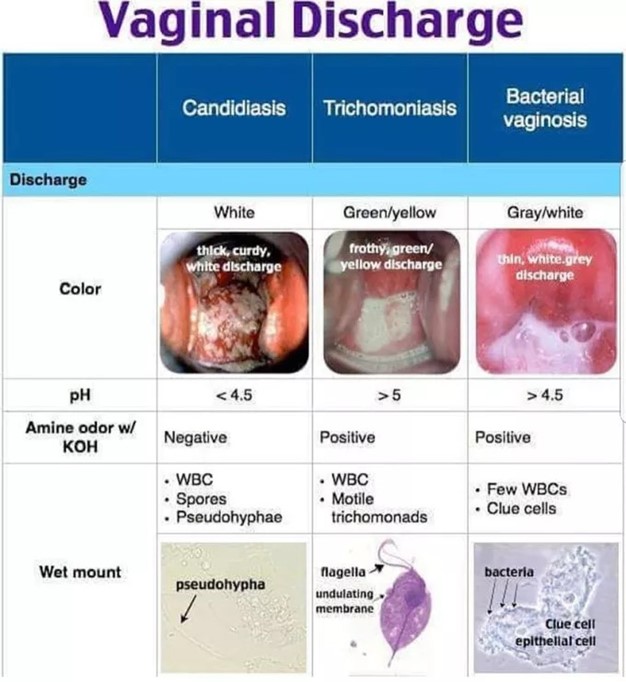A nurse is administering pancrelipase to a child who has cystic fibrosis. Which of the following outcomes should the nurse expect as a therapeutic effect of the treatment?
Improved respiratory function
Decreased sodium excretion
Improved absorption of vitamins B and C
Reduced fat in the stools
The Correct Answer is D
a. Pancrelipase does not directly impact respiratory function. It is an enzyme replacement therapy used to aid digestion by compensating for the lack of pancreatic enzymes, not to improve lung function.
b. Cystic fibrosis affects sodium and chloride transport, leading to higher sodium levels in sweat. However, pancrelipase does not affect sodium excretion; it focuses on aiding digestion.
c. Pancrelipase helps with the digestion and absorption of fats and fat-soluble vitamins (A, D, E, K). Vitamins B and C are water-soluble and are not typically affected by the enzyme therapy used for fat digestion.
d. This is the correct answer. Pancrelipase contains enzymes (lipase, protease, and amylase) that help break down fats, proteins, and carbohydrates. In cystic fibrosis, pancreatic enzyme production is often insufficient, leading to malabsorption and steatorrhea (excessive fat in the stools). By providing the necessary enzymes, pancrelipase helps improve the digestion and absorption of dietary fats, reducing the fat content in the stools.
Nursing Test Bank
Naxlex Comprehensive Predictor Exams
Related Questions
Correct Answer is C
Explanation
A nurse assisting with the care of a client who is 6 hours postoperative following a right total knee arthroplasty should check the client's pedal pulses every hour. This is important to assess the adequacy of blood flow and tissue perfusion to the extremity.
It is also important to monitor the client's pain level, administer pain medication as ordered, and encourage the client to perform exercises as appropriate.
The head of the client's bed should be maintained in a semi-Fowler's position to promote optimal respiratory function, and the client's dressing should be changed only as needed and with sterile technique.
An abductor wedge is not typically used following knee arthroplasty surgery.

Correct Answer is A
Explanation
Candidiasis, also known as a yeast infection, commonly presents with symptoms such as a thick, white vaginal discharge. It may also be accompanied by itching, redness, and irritation in the vaginal area. This type of discharge is typically described as resembling cottage cheese in texture. Other symptoms that may occur with candidiasis include burning during urination and discomfort during sexual intercourse.
A hard, painless chancre is a characteristic finding of syphilis, not candidiasis. Frothy, malodorous discharge is commonly associated with bacterial vaginosis, not candidiasis.

Feeling of pelvic heaviness is more commonly associated with conditions like pelvic organ prolapse or uterine fibroids, and is not specific to candidiasis.
Whether you are a student looking to ace your exams or a practicing nurse seeking to enhance your expertise , our nursing education contents will empower you with the confidence and competence to make a difference in the lives of patients and become a respected leader in the healthcare field.
Visit Naxlex, invest in your future and unlock endless possibilities with our unparalleled nursing education contents today
Report Wrong Answer on the Current Question
Do you disagree with the answer? If yes, what is your expected answer? Explain.
Kindly be descriptive with the issue you are facing.
